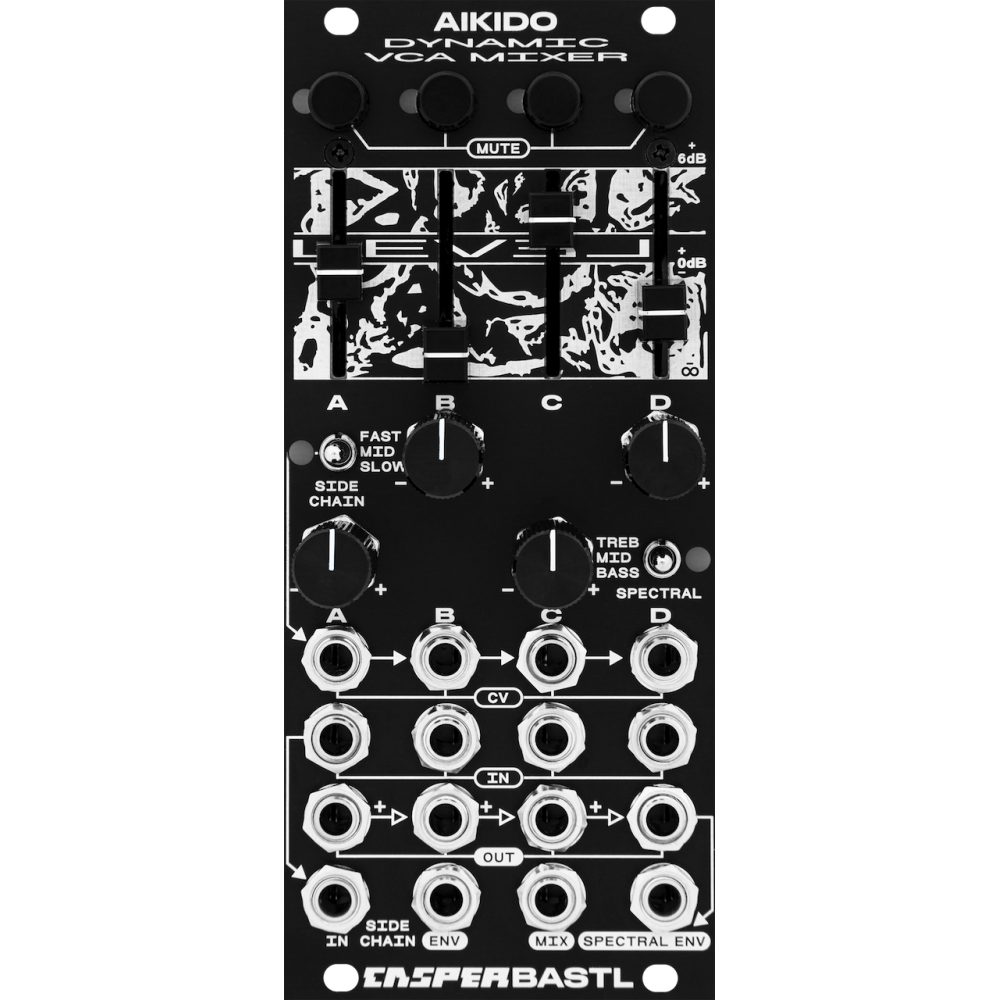Price
€290
Price
€220
Price
€267
Price
€245
Price
€186
Price
€250
Price
€267
Price
€271
Price
€135
Price
€314
Price
€200
Price
€143
Price
€130
Price
€122
Price
€152
Price
€9.09


















